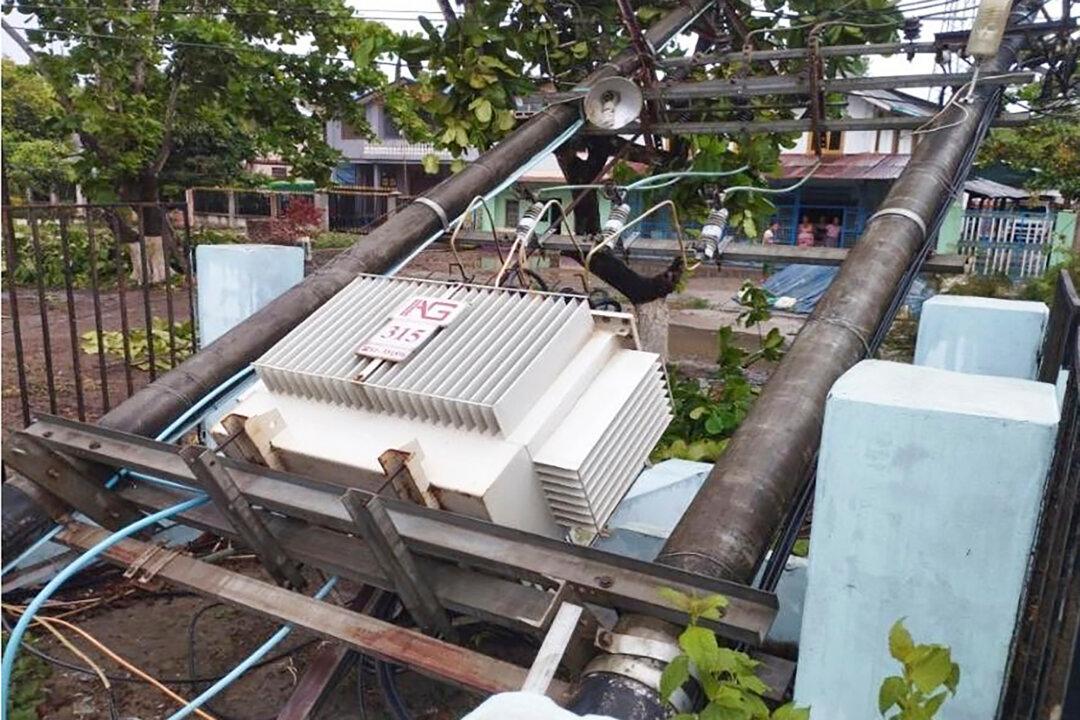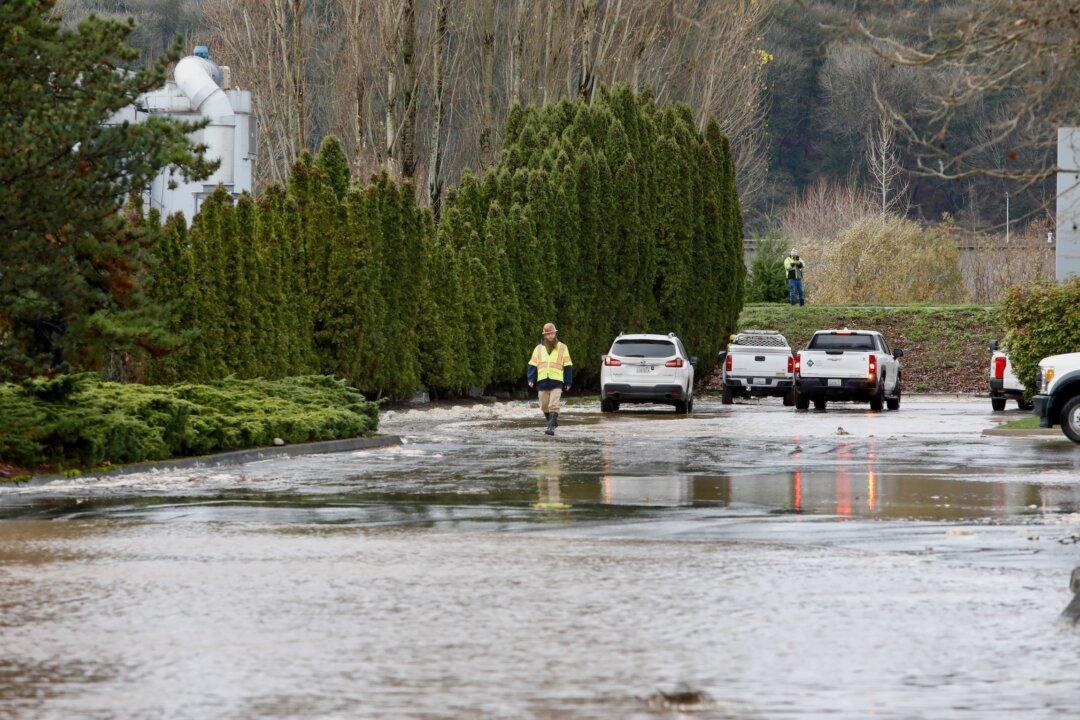DHAKA, Bangladesh—Rescuers early Monday evacuated about 1,000 people trapped by seawater 3.6 meters (12 feet ) deep along western Burma’s coast after a powerful cyclone injured hundreds and cut off communications. Damage and at least five deaths have been reported, but the true impact was not yet clear in one of Asia’s least developed countries.
Strong winds injured more than 700 of about 20,000 people who were sheltering in sturdier buildings on the highlands of Sittwe township such as monasteries, pagodas, and schools, according to a leader of the Rakhine Youths Philanthropic Association in Sittwe. He asked not to be named due to fear of reprisals from the authorities in the military-run country.





